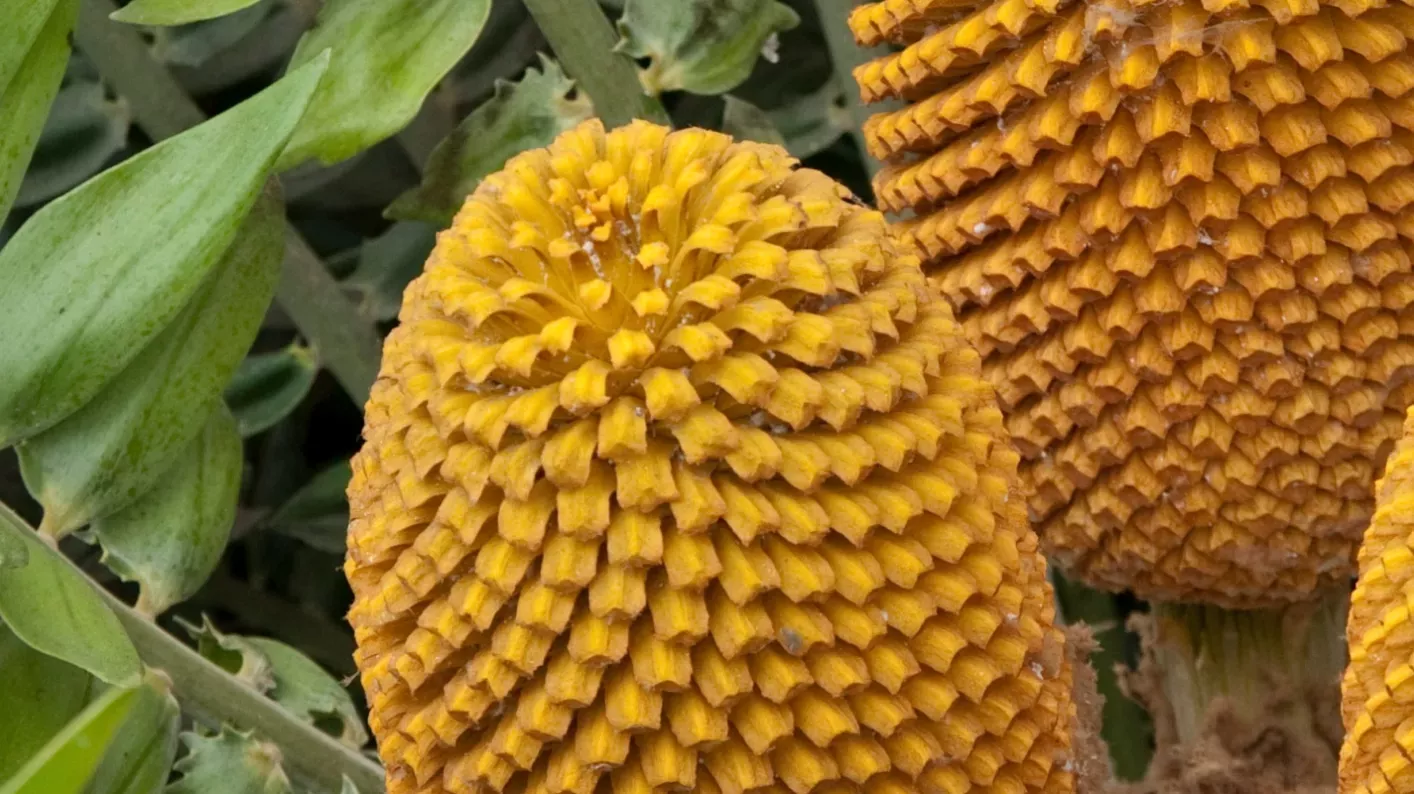Microscope Slide Collection
Our Microscope Slide Collection holds around 150,000 specimens from a diverse range of plant taxa, particularly from seed-producing plants. The slides include leaf surfaces and sections, pollen, wood, roots and chromosomes.

Introduction to the collection
The Microscope Slide Collection is stored in Kew’s Jodrell Laboratory.
Most slides are made at Kew and are linked to our other collections, but some are received from external organisations.
Slides are currently being digitised using a Zeiss AxioScan.Z1 and the images are held on our Digital Asset Management system.
History and use of the collection
C R Metcalfe (former keeper of the Jodrell Laboratory) established the anatomy slide collection in the 1930s, to contribute to the publication Anatomy of the Dicotyledons, by Oxford University Press, 1950. Many of the slides used were prepared by senior technician F R Richardson. The leaf and young stem material was mostly gathered from the living collections at Kew, whilst wood was collected from the Economic Botany wood collection.
The collection was used in a series of volumes Anatomy of the Monocotyledons first published in 1960. Staff, visitors and students working in the laboratory have added slides of particular families. For example, Kew scientist Hazel P Wilkinson contributed many slides of Gunneraceae, Pittosporaceae, Roridulaceae, Menispermaceae, and Salicaceae. Kew wood anatomist Peter Gasson has added numerous slides of wood sections, especially from Leguminosae.
In 1998 a database was created to hold information on the Microscope Slide Collection. A team of volunteers working with Kew scientist Mary Gregory have entered data for over 55,000 slides.
In 2012, following the closure of government forensic service laboratories, a large number of microscope slides of wood were donated to Kew by the Metropolitan Police Forensic Service; these are currently being incorporated into our slide collection.
The wood collection enables Kew to fulfil its responsibilities to Defra, providing expert identification of timber entering the UK. The collection is also used for identification and authentication purposes: in instances of poisoning, to identify food adulterants, and in archaeology and palaeontology.
Digitisation of the collection
Since March 2015, with the purchase of the Zeiss Axio Scan.Z1 and Zeiss Axio Imager.M2 we have been standardising the workflow to digitise the collection in line with Kew’s Science Strategy.
The aim is to make the images available through a web portal, which is currently under development. The initial tranche of slides to be digitised were those included on CITES Appendices. Approximately 1,000 slides have been digitised and are available internally within Kew.
Discover more

Science Collections Strategy

Kew's Science Strategy
